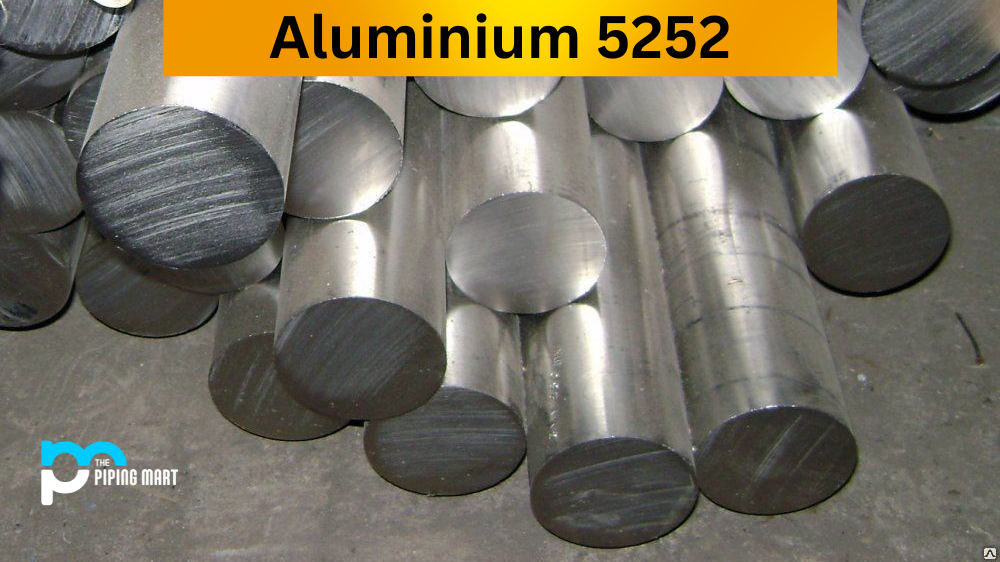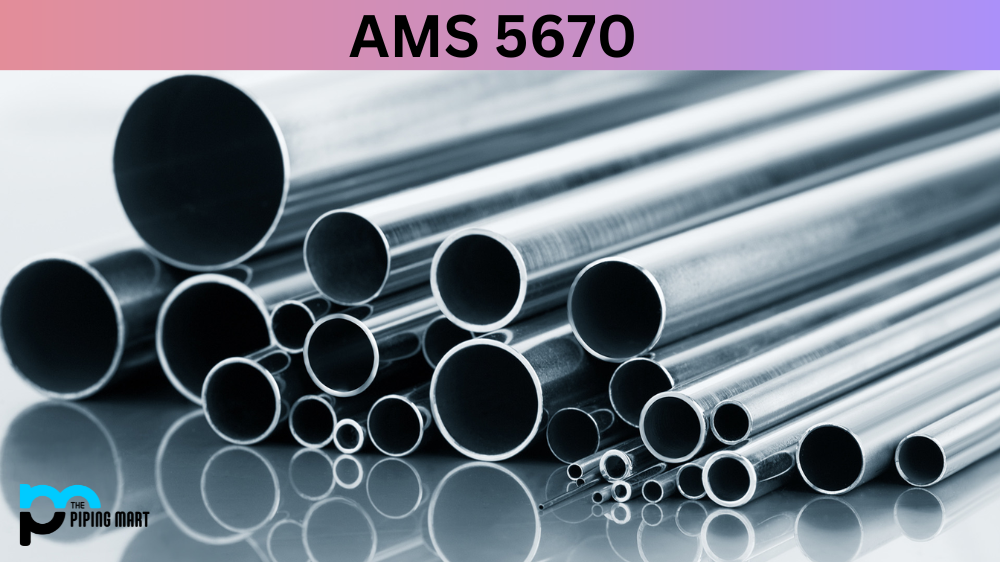When it comes to materials for heavy-duty applications that require high strength, toughness, and resistance to wear and tear, Hardox 400 is a popular choice among many industries. This comprehensive guide will discuss the composition, mechanical and physical properties, uses, corrosion resistance, heat treatment, and machining of Hardox 400.
What is Hardox 400?
Hardox 400 is a quenched and tempered steel with a unique combination of properties, making it ideal for various applications such as dump trucks, bulldozers, loaders, and mining equipment.
Hardox 400 Composition
Hardox 400 is a type of wear-resistant steel that contains high amounts of carbon, chromium, molybdenum, and nickel. It has a low alloy composition that contributes to its toughness, durability, and wear resistance. Hardox 400 has a low hydrogen cracking sensitivity, making it an excellent material for welding.
| C *) (MAX %) |
SI *) (MAX %) |
MN*) (MAX %) |
P (MAX %) |
S (MAX %) |
CR*) (MAX %) |
NI*) (MAX %) |
MO*) (MAX %) |
B*) (MAX %) |
|---|---|---|---|---|---|---|---|---|
| 0.32 | 0.70 | 1.60 | 0.025 | 0.010 | 2.50 | 1.50 | 0.60 | 0.004 |
Hardox 400 Mechanical Properties
The mechanical properties of Hardox 400 include a minimum yield strength of 1000 MPa and a minimum tensile strength of 1250 MPa. This steel grade has a good balance of hardness and toughness, enabling it to withstand heavy impacts and loads without cracking or breaking. Furthermore, Hardox 400 has excellent formability, which means it can be shaped and bent without losing its strength.
| PRODUCT | THICKNESS (mm) |
HARDNESS 1) (HBW) |
TYPICAL YIELD STRENGTH (MPa), NOT GUARANTEED |
|---|---|---|---|
| Hardox® 400 sheet | 2.0 – 8.0 | 370 – 430 | 1100 |
| Hardox® 400 plate | 4.0 – 130.0 | 370 – 430 | 1100 |
Hardox 400 Physical Properties
Hardox 400 has a density of 7.85 g/cm3 and a hardness of 400 HBW, equivalent to 46 HRC. It has a good surface quality that ensures a smooth and polished surface. Moreover, Hardox 400 has excellent dimensional accuracy, making it easy to fabricate and process.
Hardox 400 Carbon Equivalent CET (CEV)
| PRODUCT TYPE | Sheet | Plate | Plate | Plate | Plate | Plate | Plate | Plate |
|---|---|---|---|---|---|---|---|---|
| Thickness (mm) | 2.0 – 8.0 | 4.0 – 7.9 | 8.0 – 20.0 | 20.1 – 32.0 | 32.1 – 45.0 | 45.1 – 51.0 | 51.1 – 80.0 | 80.1 – 130.0 |
| Max CET(CEV) | 0.28 (0.41) | 0.26 (0.41) | 0.31 (0.47) | 0.32 (0.52) | 0.33 (0.67) | 0.33 (0.67) | 0.43 (0.82) | 0.43 (0.92) |
| Typ CET(CEV) | 0.26 (0.39) | 0.24 (0.39) | 0.28 (0.44) | 0.29 (0.48) | 0.31 (0.62) | 0.31 (0.62) | 0.41 (0.65) | 0.41 (0.89) |
Hardox 400 Hardness
| Thickness in Millimetre | Delivery Conditions | Brinell Hardness(HBW) |
|---|---|---|
| 3-100 | Tempered and Quenched | 370-460 |
Hardox 400 Thickness
| Thickness (mm) | 32.1 – 45.0 | 4.0 – 7.9 | 8.0 – 20.0 | 80.1 – 130.0 | 45.1 – 51.0 | 20.1 – 32.0 | 51.1 – 80.0 |
Hardox 400 Equivalents
| GRADE | EQUAL GRDAE | |
|---|---|---|
| JFE | SSAB | |
| NM400 | EH400 | HARDOX 400 |
Hardox 400 Uses
Hardox 400 is a versatile material widely used in various industries, such as construction, mining, and agriculture. It is commonly employed in equipment and machinery that undergoes heavy wear and tear, such as buckets, conveyor belts, cutting edges, and hoppers. Additionally, Hardox 400 is an excellent material for manufacturing components that require high strength and toughness, such as chassis, frames, and structural parts.
Corrosion Resistance
Hardox 400 exhibits good corrosion resistance, thanks to the chromium content in its composition. It can withstand exposure to acidic and alkaline environments, making it suitable for chemical and process industries. However, Hardox 400 is not recommended for applications in highly corrosive environments or prolonged exposure to saltwater.
Hardox 400 Heat Treatment
Hardox 400 is a quenched and tempered steel undergoing heat treatment for optimal properties. The steel is heated to 850-900°C and then cooled rapidly in water or oil to achieve total hardness. After this initial hardening, the steel is tempered at 225-250°C to reduce the brittleness and improve the toughness.
Hardox 400 Machining
Hardox 400 is a tough material to machine due to its high strength and hardness. However, it can be machined using conventional turning, milling, and drilling methods. Using the right tools and techniques and maintaining the correct cutting parameters can help achieve optimal results.
Hardox 400 Welding
Hardox 400 welding can be successfully achieved using shielded metal arc welding (SMAW), gas tungsten arc welding (GTAW), and flux-cored arc welding (FCAW). Preheat and interpass temperatures should be between 150-200°C for best results, with post-heat treatments at 500-550°C. Careful control of amperage, heat input and speed are critical for achieving strong welds with this material.
Conclusion:
Hardox 400 is a quenched and tempered steel known for its toughness, durability, and wear resistance. It is a versatile material used in various heavy-duty industries, such as construction, mining, and agriculture. Hardox 400 has a unique combination of properties, making it ideal for manufacturing equipment and machinery undergoing heavy wear and tear. Moreover, it can withstand exposure to acidic and alkaline environments, making it suitable for chemical and process industries. Understanding the composition, properties, and uses of Hardox 400 is crucial in selecting the suitable material for your application needs.

A passionate metal industry expert and blogger. With over 5 years of experience in the field, Palak brings a wealth of knowledge and insight to her writing. Whether discussing the latest trends in the metal industry or sharing tips, she is dedicated to helping others succeed in the metal industry.




